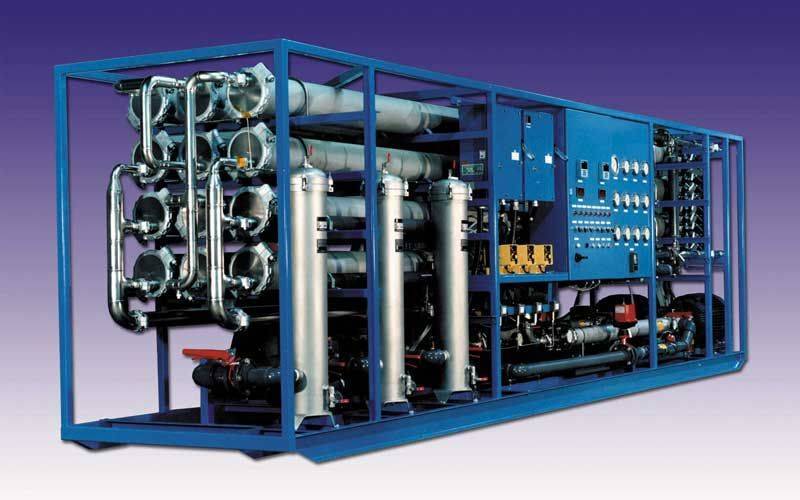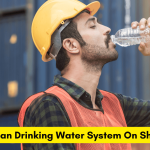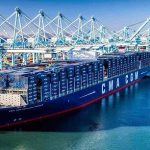Every ship is installed with fresh water production unit which produces fresh water from sea water. The efficient water production unit of the ship helps the vessel owner to save on additional fresh water expenses that are incurred by purchasing water from port suppliers.
Two popular methods for production of fresh water on ships include :
· Fresh water generator
· Reverse osmosis process.
Reverse osmosis is one of the modern methods used by the shipping industry to produce fresh water from sea water. This method of water production does not use waste heat source, unlike fresh water generator, to desalinate the sea water to convert it into fresh water with low salt ppm.
Principle of Reverse Osmosis
As the name suggest, this methods works on reversing the osmosis principle.
When a chemical solution is separated from pure water by a semi permeable membrane (allowing passage of water not salt) then the pure water flows through the membrane until all the pure water has passed through or until the hydrostatic pressure head of the salt solution is sufficiently big enough to arrest or stop the process.
Reverse osmosis is the use of this phenomenon in reverse direction. This results in water being forced through the membrane from the concentrated solution toward the more dilute one. This is achieved by applying pressure of the osmotic pressure of the concentrated solution.
Working
The osmotic pressure of sea water is 28 bars but to overcome system losses and the fact that the sea water concentration increases as it passes through the length of the membrane, much higher pressure around 40-70 bar, depending upon the plant size, is required.
A triplex plunger pump is popularly used to produce high pressure across the membrane. The membrane used has a very fine barrier of dense holes which only allows water and gases to pass through, while preventing the passage of solutes such as salt and other impurities.
The fresh water produced after this stage is treated with chemicals and ultraviolet treatment to make it drinkable and useful for other purpose.


